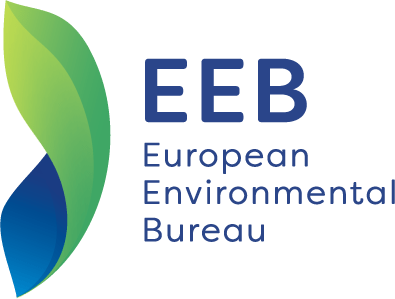Lowest pollution limits improve public health and save billions in taxpayer money, says new analysis
Adjusting Europe’s most polluting industry regulated by the Industrial Emissions Directive to the lowest achievable pollution limits will not only improve environmental protection but also save up to 37,000 lives and €103 billion in taxpayer money per year, shows Upgrading Europe’s Air, a new analysis by CREA (Centre for Research on Energy and Clean Air).
Stricter emission limits in the power and industrial sectors would avoid an estimated 120,000 cardiac hospital admissions, over 7 million restricted activity days and 10,000 annual deaths compared with the latest reported emission data. The avoided economic cost savings are estimated at €28 billion annually. The application of measures relating to emissions from intensive livestock would avoid 27,000 annual deaths with an estimated yearly economic cost benefit evaluated at €75 billion.
The study accounts for the impact that reducing emissions limits can achieve in the EU member states and the United Kingdom thanks to well-established standards, such as the EU Best Available Techniques Reference Document for energy generation and the Chinese ultra-low standards for the production of steel and cement. There are countries that sit at the forefront of the potential annual public benefits. Bringing emissions generated in Germany to the lowest feasible level has the potential to save around 12,500 Europeans and avoid public expenses up to €34 billion. France and Poland each can prevent 4,000 human casualties and €11 billion in taxpayer money. Almost 3,000 people can avoid health damage and €8 billion can be saved if emission limits are adjusted in Italy. Given the borderless nature of air pollution, these benefits affect the entire continent.
As the Industrial Emissions Directive is under revision, European policymakers have a once-in-a-generation opportunity. The EU law for the largest industrial polluters has been eroded by weak standards and loopholes. As a result, emission reduction is far behind what is technically feasible whilst economically viable. Requiring stricter emission limits for Europe’s industry is possible with current available techniques, so there is no reason to delay their implementation. In fact, swift tightening of pollution limits is key to Europe’s position as a global leader in environmental protection.
After the disappointing EU Council position, the European Parliament is due to take its position on the matter, with a vote expected on 25 May in the Committee on Environment, Public Health and Food Safety. A failure to adjust industry to the lowest pollution limits will push EU’s zero pollution ambition decades into the future while sacrificing the environment, people’s health and public money savings.
Lauri Myllyvirta, Lead Analyst at Centre for Research on Energy and Clean Air said:
“Air pollution control requirements for power plants, heavy industry and agriculture in the EU have fallen far behind best practice, causing tens of thousands of avoidable deaths each year. The economic burden associated with the pollution far exceeds any economic benefits from watered-down emission limits. The revision of the Industrial Emissions Directive is a once-in-a-decade opportunity to upgrade Europe’s air quality and protect European health.”
Christian Schaible, Head of Zero Pollution Industry at the EEB said:
“It is imperative to change the culture that rewards polluters. Member states need to change their consistent alignment to most lenient pollution reduction obligations, especially when they transpose EU standards into national rules. The case for huge public benefits of avoided air pollution thanks to strict limits is crystal clear, we cannot afford to lose further time for polluters to escape their responsibilities. We would expect Members of the European Parliament to not fall behind in the ambition to serve people’s interests first.”
ENDS
Notes to Editors
Read the full report.
The Industrial Emissions Directive allows industry to pollute within a certain range by using the Best Available Techniques – or BATs. This relies on industry’s willingness to use the best technology to reduce pollution to a minimum. Unsurprisingly, 80% of the times industry uses the worst BATs, opting for the maximum amount of pollution allowed. The Commission proposal for the revision of the IED would require industrial operators to adjust to the stricter level of pollution allowed or provide a non-feasibility assessment demonstrating on why the stricter possible BAT side of the range cannot be applied. The EU governments have largely supported the reference to the stricter BAT levels but provide a weakening through a possible transition delays up to 14 years. For more information, see our IED explainers.

